► What a race to celebrate 100 years of Le Mans
► Top three finish with all different manufacturers, a first since 2016
► Ferrari is back on top form, Toyota not far behind
When have you last seen an F1 race where first place swapped between four different manufacturers? At various points for the 100th anniversary of Le Mans; Ferrari, Porsche, Peugeot and Toyota held the top position before Ferrari ultimately clinched the top spot with the No. 51 499P.
And while the data set for Le Mans is a lot bigger than any F1 race, the point still stands. The top position changed place regularly in this chaotic race, rightfully securing the 100th anniversary of the most iconic endurance race as an all-time classic.
There is a saying in France, you don’t choose Le Mans, it chooses you, and this year was no different. So here’s everything we learned about the 100th anniversary of Le Mans.
Ferrari still has it
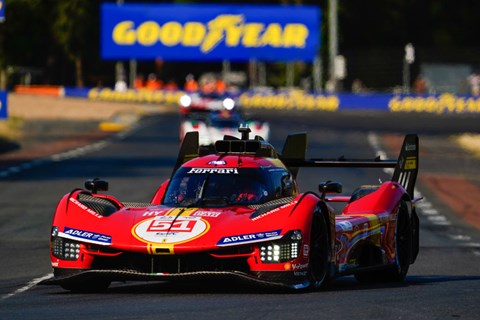
58 years since it last won at Le Mans, and returning to the top class for the first time in 50 years, Ferrari could not ask for a better return to form than with this year’s race.
After qualifying first, the 499 proved to be quick, with Ferrari also recording the fasted lap speed of the event, a blistering time of 3:26.984.
Despite a few technical gremlins (and nearly taking out one of the Toyotas by the pit entrance), both Ferraris were rarely out of the top five. Even some typical Italian electrical problems mere minutes from the end couldn’t stop the #51 499P from clinching victory, with #50 finishing a more than respectable fifth.
If there ever was a single Le Mans to win, the 100th was it, and it’s proven that while Ferrari may be having a tough time in F1, it hasn’t lost its knack for racing entirely.
Toyota remain strong
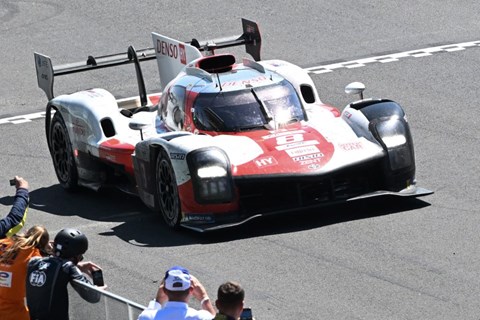
Disaster struck the No.7 Toyota in the night when it was taken out by a GTE car and previously suffered extensive damage at the hands of a rogue squirrel, but the No.8 proved Toyota was still the one to beat.
Coming off five consecutive years of Le Mans victory, a second-place finish is by no means bad for Gazoo Racing, and shows that the claims of limited completion contributing to these victories are ill-founded. Even a spin at Arnage late in the race couldn’t get the No.8 Toyota to fall out of second place.
With Toyota committed to running a hydrogen fuel-cell Hypercars in 2026, it may prove only to be a matter of time before Toyota reclaim the Le Mans crown.
Porsche made history
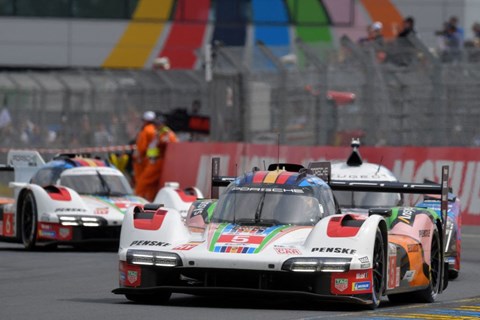
Just not in a good way. The most dominant Le Mans team in history, Penske Porsche, running on the 100th anniversary of Le Mans and the 75th birthday of Porsche should have been a fairytale moment for the brand.
Instead, it proved to be a bitter disappointment, failing to clinch victory, and even finishing behind both RWD-only Glickenhaus’. Of the three Penske Porsches, two finished, in 8th and 11th respectively. Not a great showing for the first Prototype Porsche since the Le Mans winning 919 Hybrid of 2017, the last time Porsche competed in the top class.
This disappointment will be further bolstered by the fact that the 963 is now the first Porsche Prototype to fail to win at Le Mans in the brand’s entire history.
Hertz Team Jota didn’t fair much better either. Its 963 started in last place and, despite leading the race for a brief moment early in the race, kept facing problems and required some serious repair work, finishing in 13th.
Don’t count the Americans out
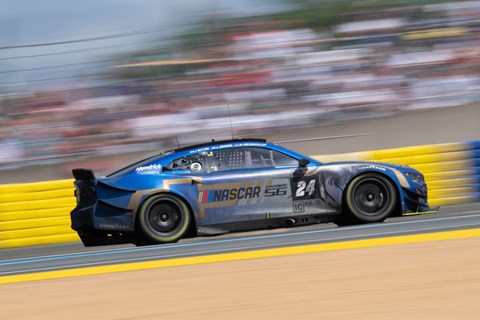
Who’d have thought two of the Cadillac V-LMDhs would finish ahead of every Porsche 963?
With a third and fourth-place finish showing that LMDh is competitive against the LMH cars, next year’s Le Mans should make for an interesting race. BMW and Lamborghini are entering with LMDh cars, and Alpine is back with the A242, which should make next year’s race even closer.
While nowhere near the pace of the Hypercars, the Hendrick Motorsports Camaro ZL1 also deserves a shout-out. The Garage 56 oddity certainly stood out from the crowd, both with a muscular body that dwarfed the sleeker Hypercars and a thunderous, snarling V8 engine.
It also spent a good portion of the race ahead of the entire GTE class (also decisively won by the American Corvette Racing) before a transaxle change knocked them down to 39th.
Rain still changes everything
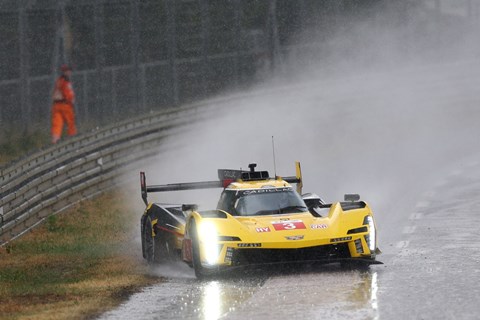
The wingless Peugeot 9X8 may have had a poor start to the WEC series with a host of gearbox issues and off-the-pace performance, but a torrential downpour at the end of the Mulsanne straight quickly saw the #93 take the lead for a decent amount of time early on in the race.
Michelin, the sole tyre supplier for all the Hypercars this year, ran a single wet tyre and three dry tyres in different compounds. Tyre strategy is an integral part of Le Mans, run a wet tyre on a dry track and it’ll quickly blister and you’ll be off the pace. Run a dry tyre on a sodden track and there’ll be no grip whatsoever, as several racers found out early on in the race.
As explained by Michelin’s Motorsport Director, Matthieu Bonardel, the 13.6km long track can be bond dry at one end and totally saturated at the other. This is why strategy plays such an important role in Le Mans. Despite all the Hypercar tyres being extensively developed on simulators, this proved to only get you so far when it comes to race day.